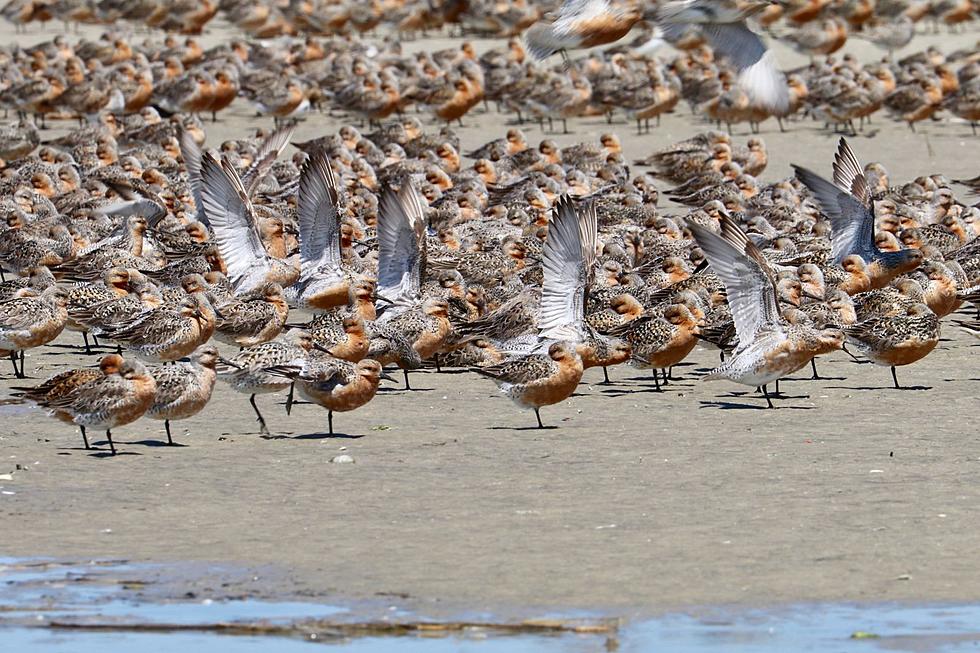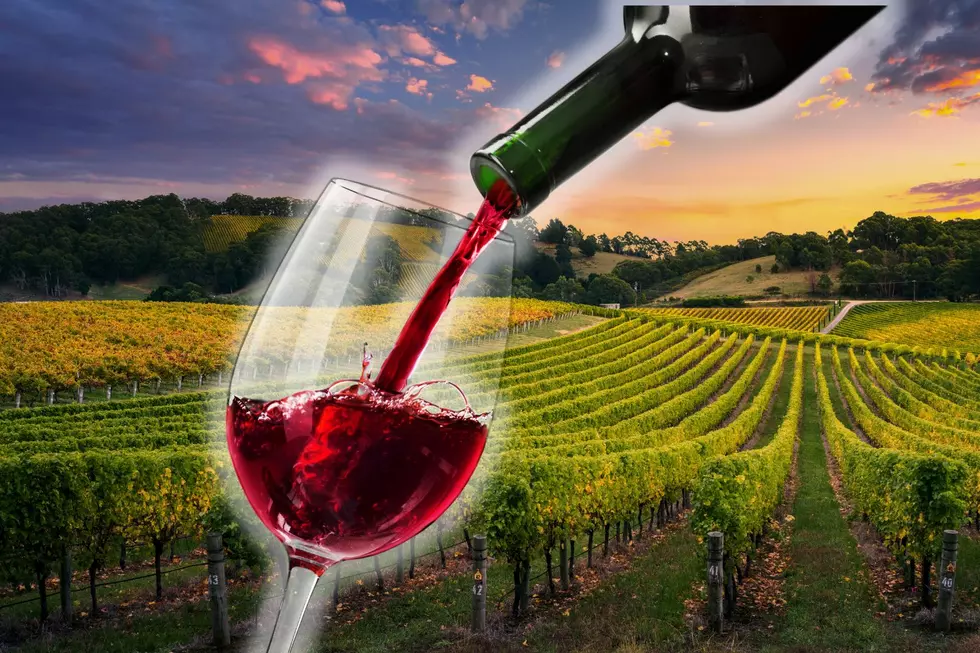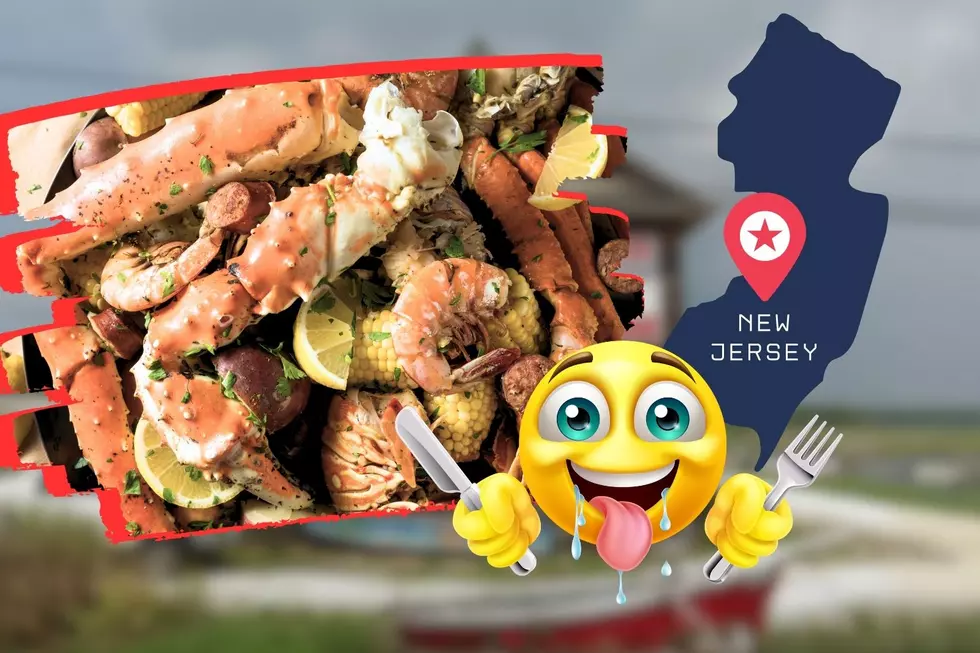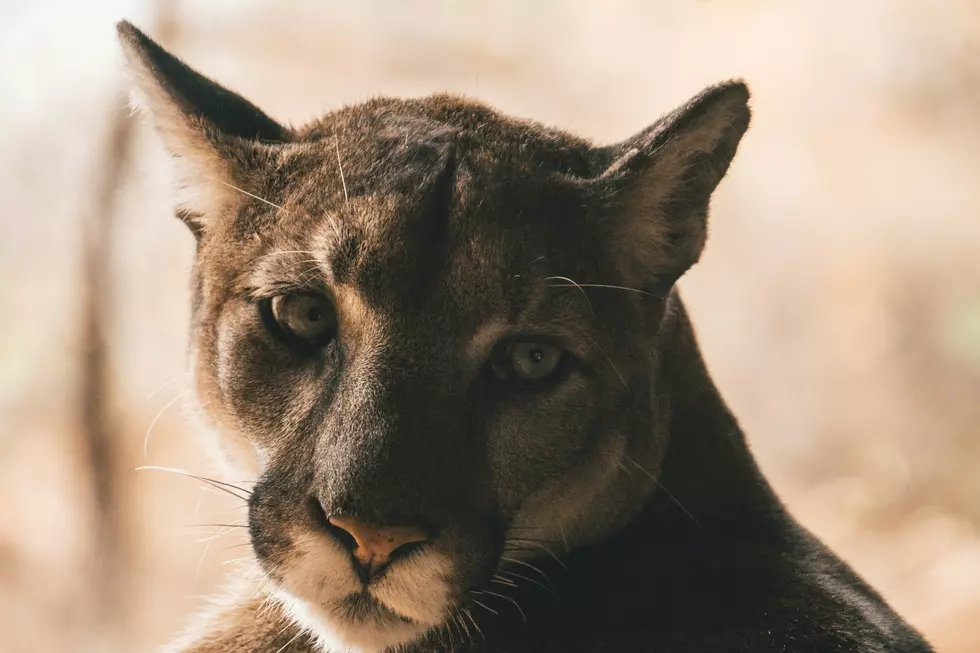
The number of red knot shorebirds in NJ reach a four-year high
🔺 The number of red knots have reached its highest level since 2019 in NJ
🔺 Red knots need to feed on horseshoe crab eggs at Delaware Bay beaches
🔺 Red knots are listed as threatened by the federal government
The number of red knot shorebirds along the Delaware Bay beaches in New Jersey rose to a four-year high in spring 2023.
About 22,000 red knots, which are listed as a threatened species by the federal government, were seen last month in protected sites such as Reeds Beach in Cape May County. That number is much higher than the dismal record-low of 6,880 in 2021.
What are red knots and where do they come from?
Red knots are medium-sized shorebirds that breed in the Arctic, nest in the islands of Northern Canada, and winter in South America, the Caribbean, and South Florida, said Wildlife Restoration Partnerships biologist, Larry Niles.
The red knots fly north to Delaware Bay in the spring to feed on horseshoe crab eggs so they can fatten up and make their way to the Arctic to breed, he added.
Why is this four-year high so important?
The number is significant because originally there were 100,000 red knots that came through the Delaware Bay in the 1980s and 1990s, Niles said. Then, in the 2000s, horseshoe crabs started to be killed for bait and for their blood.
That meant the number of red knots came crashing down to a low of 17,000 because they didn’t have any horseshoe crab eggs to feast upon.
Niles said gradually that number increased and in 2019, there were 30,000 birds. However, the population crashed again because the horseshoe crab numbers never really recovered.
“Whenever there is cold water like there was in 2020, then the birds stop coming to the bay. The horseshoe crabs don’t spawn until after they (red knots) would arrive or after they would leave,” Niles said
It’s taken years to build the number of birds back up again.
The birds went from 30,000 down to 6,000 and then the number improved. But, now it’s back to 22,000, he added.
Where can red knots be seen in New Jersey?
Red knots can only be seen when they’re flying through to either get to their wintering areas or when they’re flying back to get to their breeding areas, Niles said.
Those areas include Brigantine, Sandy Hook, Avalon, and Stone Harbor.
They arrive in the spring and usually stick around through November before they fly south to Florida or the Caribbean to winter.
What is the reason for the record high number of red knots?
Simply put: all the conditions were right for them, Niles said.
Horseshoe crabs spawned at the correct time when the red knot birds were here in New Jersey.
“In the 80s and 90s, there were so many crabs that there was a plateau. It went up to that plateau, stayed there, then went back down. The eggs were available for more than a month. So, when the birds arrived, it didn’t matter. If they arrived early or if they arrived late, there were horseshoe crab eggs waiting for them to feed on,” Niles said.
But when there is a problem and not a lot of eggs available, it hurts the birds and it takes years for them to recover, he added.
How do NJ biologists count the number of red knots?
There are two ways, Niles said. One is calculation. Biologists have banned thousands of red knots with flags so over time, they can recite birds and get an idea of their longevity.
For example, how long they have been in the Delaware Bay and how many return from year to year. But, this is just an estimated number, he explained.
Another way to count red knots is by conducting aerial and boat surveys that cover the entire New Jersey Bayshore. Niles said they’re counting red knots from Cape May to Fortescue, covering about 40 miles of shoreline.
They position people in places where red knots are accessible like Reeds Beach. Niles said they then pull all the surveys together and estimate the total number.
Is the red knot a threatened species?
The red knot was listed as a threatened species by the federal government in 2015 and continues to be considered threatened.
“Our ground counts indicate that the number is staying relatively stable, but at a very low number. So, if you have a catastrophic interruption of horseshoe crabs or some big event like a red tide in Florida, then the number can be affected dramatically,” Niles said.
Shorebirds are difficult to protect.
It’s important to give them enough resources and leeway so they can overcome the problems that they face, Niles explained. These birds start 10,000 miles away, eventually get to the Arctic, then go back. With each one of those flights, the birds rely on different places like Delaware Bay for their needs. Every one of those places has problems similar to Delaware Bay, so it’s a challenge to manage and protect them.
Why is the red knot so important to the Jersey coastline?
The real importance of the red knot is not the red knot itself, but rather the horseshoe crab, Niles said.
The horseshoe crab is what creates the abundance in Delaware Bay that supports the shore birds passing through.
Horseshoe crabs are central to the ecology of the bay. They are the foundation of the bay’s ecosystem which includes the shorebirds passing through the area, Niles said.
“What we need for the red knot is what the people living on Delaware Bay need which is that abundance. We need that ecosystem abundance so that all the species will flourish, not just red knots,” he said.
How can residents help protect the red knots?
Volunteer your time. Niles said there are more volunteer programs for protecting horseshoe crabs and shorebirds in Delaware Bay than in any other place in the flyway, he said.
The Conserve Wildlife Foundation of New Jersey has a system of shorebird stewards that go out and protect the places where shorebirds feed.
The Wetlands Institute does a “return-a-favor” program that takes people out to turn over crabs and rescue them from being impinged.
Those are just two examples. There are a lot of opportunities for people to take part in protecting crabs and birds and Niles said he encourages people to do so.




